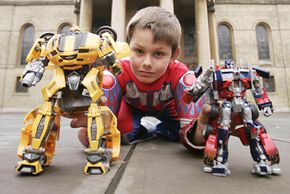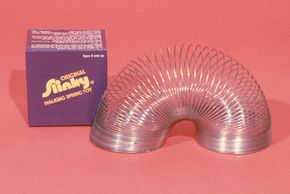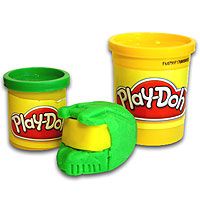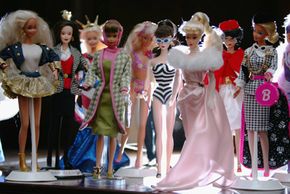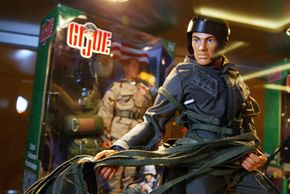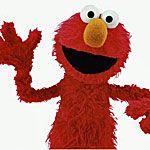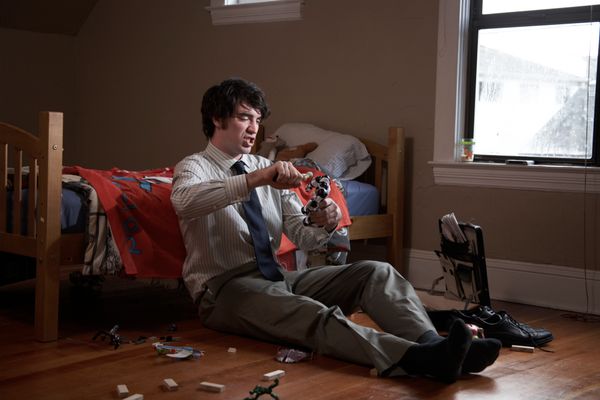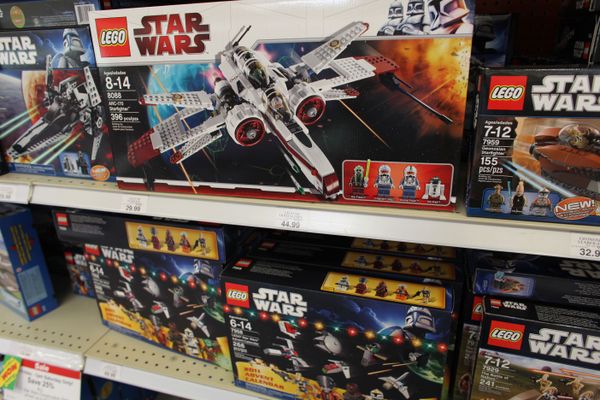Times have changed since the days when an imaginative kid was happy to play with an empty cardboard box. Today, about 2.6 billion toys are sold every year, creating a $20.3 billion industry. It seems that every decade manufacturers create a toy that launches a buying craze. Some just flash past on their way to a rummage sale table; others are timeless treasures. So without further ado, here are some of the best toy fads of the 20th century.
Advertisement
